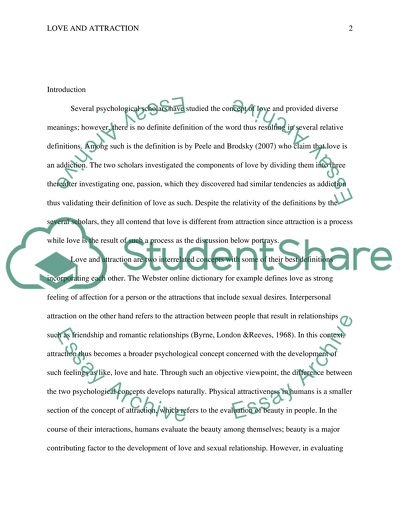Cite this document
(“How does love differ from attraction Essay Example | Topics and Well Written Essays - 2000 words”, n.d.)
Retrieved from https://studentshare.org/psychology/1490045-how-does-love-differ-from-attraction
Retrieved from https://studentshare.org/psychology/1490045-how-does-love-differ-from-attraction
(How Does Love Differ from Attraction Essay Example | Topics and Well Written Essays - 2000 Words)
https://studentshare.org/psychology/1490045-how-does-love-differ-from-attraction.
https://studentshare.org/psychology/1490045-how-does-love-differ-from-attraction.
“How Does Love Differ from Attraction Essay Example | Topics and Well Written Essays - 2000 Words”, n.d. https://studentshare.org/psychology/1490045-how-does-love-differ-from-attraction.


